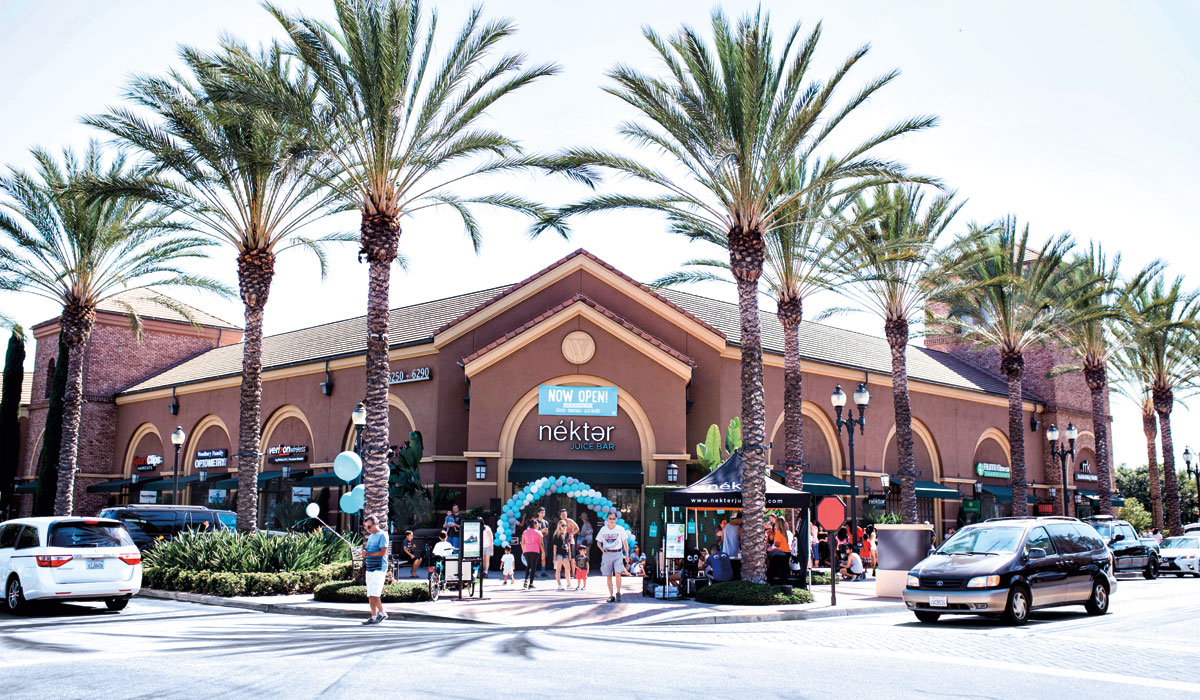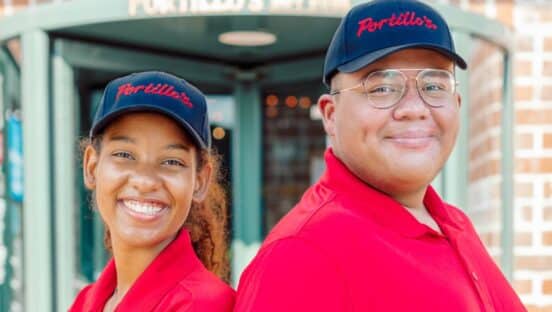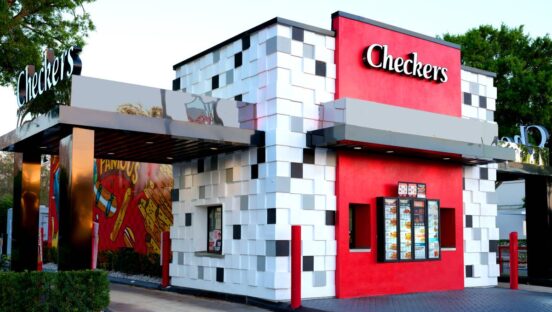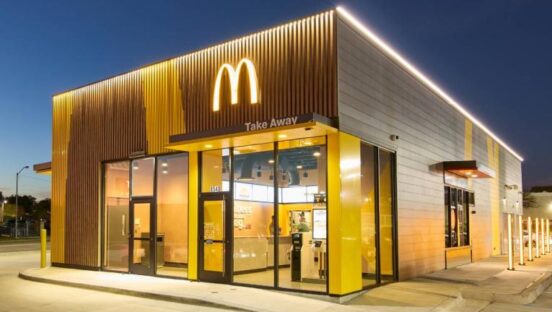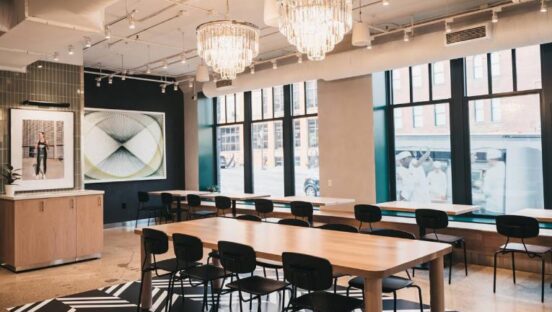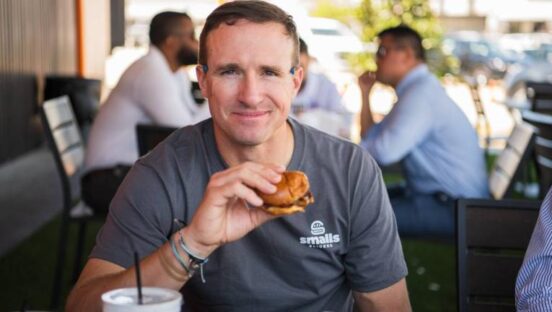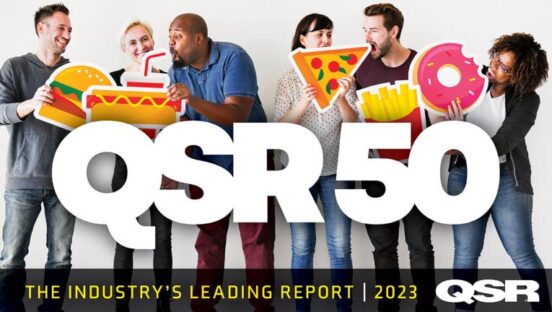Like most businesses, many restaurant brands launch with the goal of expanding their influence and footprint, whether by capturing the market in a certain region or becoming a behemoth with a global footprint. And that kind of growth requires a business spread its wings and venture into unknown territories.
So how do restaurants craft the perfect expansion strategy?
Some brands go where the money leads them, jumping from one market to another no matter the distance between. “Frequently, you’ll see brands that are based in California or North Carolina, and then they open one location in Boise, one in Minnesota, one in Texas, and go from there,” says Steve Schulze, CEO of Nekter Juice Bar. “That approach, to me, is very difficult on brand awareness. It’s very difficult on supply chain and corporate support.”
Instead, Nekter practices the cluster approach to new-market growth, entering contiguous markets with three to five locations at a time, typically spread three to five miles apart. Nekter launched eight years ago in Southern California and originally expanded to Northern California, Arizona, Dallas, and Houston. Since then, it’s popped up in markets like Minneapolis, Florida, and the Carolinas, and is now targeting cities like Chicago, Philadelphia, and Washington, D.C.
“Once we get three locations in a market, we find out what we’re doing wrong, what we’re doing right, and fix any of those issues,” Schulze says. “Once those issues are fixed—and assuming the area is successful—we begin to infill it.” Nekter recently took this growth path in Phoenix, starting with its standard trio of units before analyzing the market and determining that it could open 25 locations without cannibalizing its own business. Nekter now has nearly 20 locations open in the Phoenix market, with more to come.
For more established brands—like the 21-year-old, 700-unit Tropical Smoothie Cafe—growth happens on a number of levels, with expansion in new, emerging, and high-growth markets all at the same time. As part of its recent expansion initiative—through which it hopes to reach 1,000 units by the end of 2020—Tropical Smoothie has identified 18 top-priority growth areas across the U.S. Some of these, such as Philadelphia and Nashville, are uncharted territories for the brand. Others, like Dallas, are emerging markets where Tropical Smoothie has experienced significant growth over the last handful of years, and the remaining are high-growth markets like Tampa and Orlando, where the company already has a far-reaching presence.
At Checkers/Rally’s, the team takes a somewhat different growth approach, which chief development officer Jennifer Durham equates to spilling a glass of water. “The markets that are closest in to the top of the glass would be where we’re looking to penetrate first. As that water stretches further, then we get into the more outlying markets,” she says, noting that the company often likes to pack as many units into one market as possible before moving on to the next.
Durham cites distribution efficiency as the No. 1 driving force behind this line of growth thinking, adding that the approach allows Checkers/Rally’s to be more cost-effective. “Our brand is a value brand. So for us, it’s about the tenths of percents and hundredths of percents in terms of food costs,” she says. “To the extent that we can fill in the markets we already exist in, we get better efficiency and penetration.”
One example of this strategy is in the Houston area, where the company had just one location nearly five years ago, in Belmont, Texas. By the end of 2018, 20 units will be up and running in the market, with more than 100 opportunities still available in the metro area. “The idea was to bring as many restaurants as we could into the pipeline simultaneously, so we would develop as strong a brand presence in as short an amount of time as possible,” Durham says.
The company is also targeting smaller metro markets in the Carolinas—including Asheville, Charlotte, and Raleigh, North Carolina, and Greenville and Charleston, South Carolina—where it has low penetration. When on the hunt for locations in new regions like these, the brand homes in on neighborhoods with a median-income demographic of frequent fast-food users.
Nekter also has its ideal neighborhood and real estate narrowed down to a science, banking on a median-income demographic of “aspirational buyers,” as well as in-line units surrounded by daily needs like grocery stores, cafés, and fitness centers. “If you could put me next to a grocer, a Starbucks, and an Orangetheory Fitness, I’d sign those locations all day long,” Schulze says.
But finding the right market and perfect real estate isn’t the only important factor when expanding a brand’s reach; building a strong base of awareness is crucial, too—both with customers and with potential franchisees. That’s why Tropical Smoothie has been hosting meet-and-greet recruiting events in new markets like Pennsylvania, Ohio, and Minnesota, where it invites current and future franchisees to participate in a Q&A with the corporate leadership team, see how the operation runs, and test the company’s food. To date, the events have helped the brand sign multiple franchise agreements throughout Philadelphia and Ohio, promising to develop an additional 10 cafés in these regions.
At Captain D’s, the seafood brand is on track to launch 18 new units in 2018, with the goal of opening an additional 30 by the end of 2019—many of which are spurred by growth from franchisees. Brad Reed, chief development officer, says expanding into new markets like Chicago and Detroit with the help of franchisees has several perks, primarily that they know the market better than anyone on the corporate team ever could.
“They already have some exposure and experience in some of these communities, so we’re using their experience and knowledge of the market—the guest space, the eating patterns, the travel patterns—to really help us,” he says. “If we went in as a company, we would have data to help us with that, but we do see advantages from taking the franchise approach. It gives us a lot of confidence.”
Although new-market growth is attractive—and no doubt taking place—for restaurant chains big and small who want to expand their reach and brand recognition across the country, experienced operators warn that it can be risky when done incorrectly.
“The lure of new markets is very often compelling because you have the opportunity to start with a clean slate,” Checkers/Rally’s Durham says, adding that many brands avoid strengthening their concentration of restaurants in markets where they already operate for fear of encroaching on their own business. “But the efficiencies you get from that can actually be far more beneficial to the bottom line for both the franchisee and the company,” she says. “It’s not that new markets are bad, but very often, they’re distracting.”

